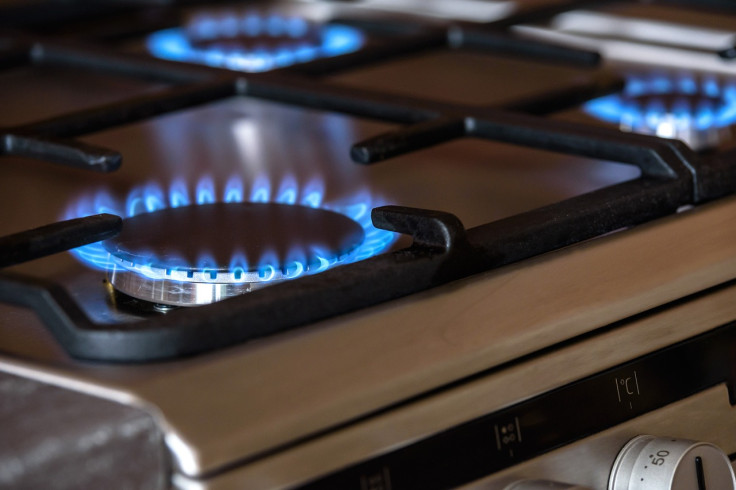Gas Stoves Linked To 40,000 Premature Deaths Annually Across Europe: Study
New findings reveal stark health impact from everyday cooking appliance

A new study claims that pollutants from gas stoves contribute to 40,000 premature deaths annually across Europe.
The Jaume I University and University of Valencia study, highlights the potentially severe health impacts linked to the use of gas stoves, including heart and lung diseases.
The authors of the study claim gas stoves could shorten lives by nearly two years on average.
The research attributes around 36,000 early deaths within the European Union and approximately 4,000 in the United Kingdom each year to gas stove emissions.
The pollutants primarily include nitrogen dioxide (NO₂), a harmful gas known to inflame airways and increase respiratory problems.
"The extent of the problem is far worse than we thought," said Dr. Juana María Delgado-Saborit, the lead author and head of the environmental health research lab at Jaume I University.
She says her research found gas stoves emit nitrogen dioxide levels that are significantly higher than those in kitchens equipped with electric stoves.
Despite awareness of the dangers posed by nitrogen dioxide dating back to the 1970s, it was only recently that researchers quantified the health toll associated with these emissions.
The report's findings report the death toll from gas stove pollutants that is nearly twice as high as that from traffic accidents, making gas stoves a significant, yet underestimated, public health issue.
While the EU has recently updated outdoor air quality standards, similar protections for indoor environments remain absent.
"The main uncertainty is whether outdoor NO₂ risk assessments can apply to indoor exposure from gas cooking, but it's a fair assumption for evaluating potential health impacts," Steffen Loft, an air pollution expert at the University of Copenhagen, told the Guardian.
The findings of the European study align with recent U.S. research that also reported substantial health risks from gas and propane stoves, linking them to nearly 19,000 adult deaths each year.
This pattern suggests a consistent health risk across different regions, prompting experts to call for changes in household cooking practices and appliance regulations.
© Copyright IBTimes 2025. All rights reserved.






















